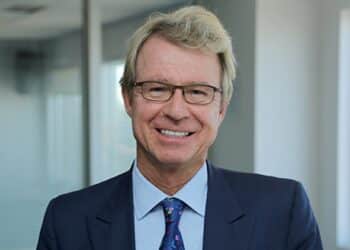Addressing the Lifespan Financial Planning National Conference on Thursday, Switzer Group’s Peter Switzer said given the speed of the vaccine roll-out globally and swathes of economic stimulus being pumped into developed economies, it was likely Australia and other markets could see a “roaring 20’s of the 21st century”.
“The makings are there that we are going to see at least two really strong years of growth,” Mr Switzer said.
“After two I think the central banks will have to back off their promises and start to raise interest rates which will change the optimism that’s around right now. But I think we’re in a really comfortable position for at least two more years of economic growth, supporting the stock market to head in the right direction.”
Mr Switzer suggested Treasury’s estimates of 2.25 per cent national economic growth for 2022-23 in this year’s budget were overly conservative, and that Australia’s economy was booming at an unprecedented level, with skilled job vacancies at their highest in 13 years.
“All Treasurers will go for the most conservative number, because if you grow faster, the budget improves quicker and we think they’re a genius,” he said.
“I think the 2.25 per cent figure is very conservative because the business investment number of 10 per cent next year is going to be big, and if you have business investment that high you have a multiplier effect and the economy rolls on.”
Mr Switzer pointed to AMP Capital’s economic tracker data that revealed Australia’s economic activity – including a range of markers such as restaurant bookings and job ads – was up almost 20 per cent compared to pre-COVID, while the US was down around 5 per cent and Europe was lagging by almost 30 per cent.
“Once the whole world gets vaccinated, once the international borders are open, once some people return to CBDs, when all that happens that is going to have a big economic dividend,” he said.
The comments came as the most recent job data from the Australian Bureau of Statistics appeared to bear out the optimistic view of the economy, with unemployment falling to 5.5 per cent in April and no significant impact on the labour market from the removal of the JobKeeper subsidy.
AMP Capital chief economist Shane Oliver noted that employment was up 5.1 per cent from April last year, at the height of the COVID crisis, and had risen 0.3 per cent from its pre-COVID level. Mr Oliver said the impact of the winding back of JobKeeper “looks to have been minimal”.
“The Australian labour market has recovered far quicker than most other comparable countries, reflecting better management of the virus and better government support programs,” Mr Oliver said.
“The obvious question remains whether the strong underlying jobs market and the decline in unemployment will bring forward RBA rate hikes.”







